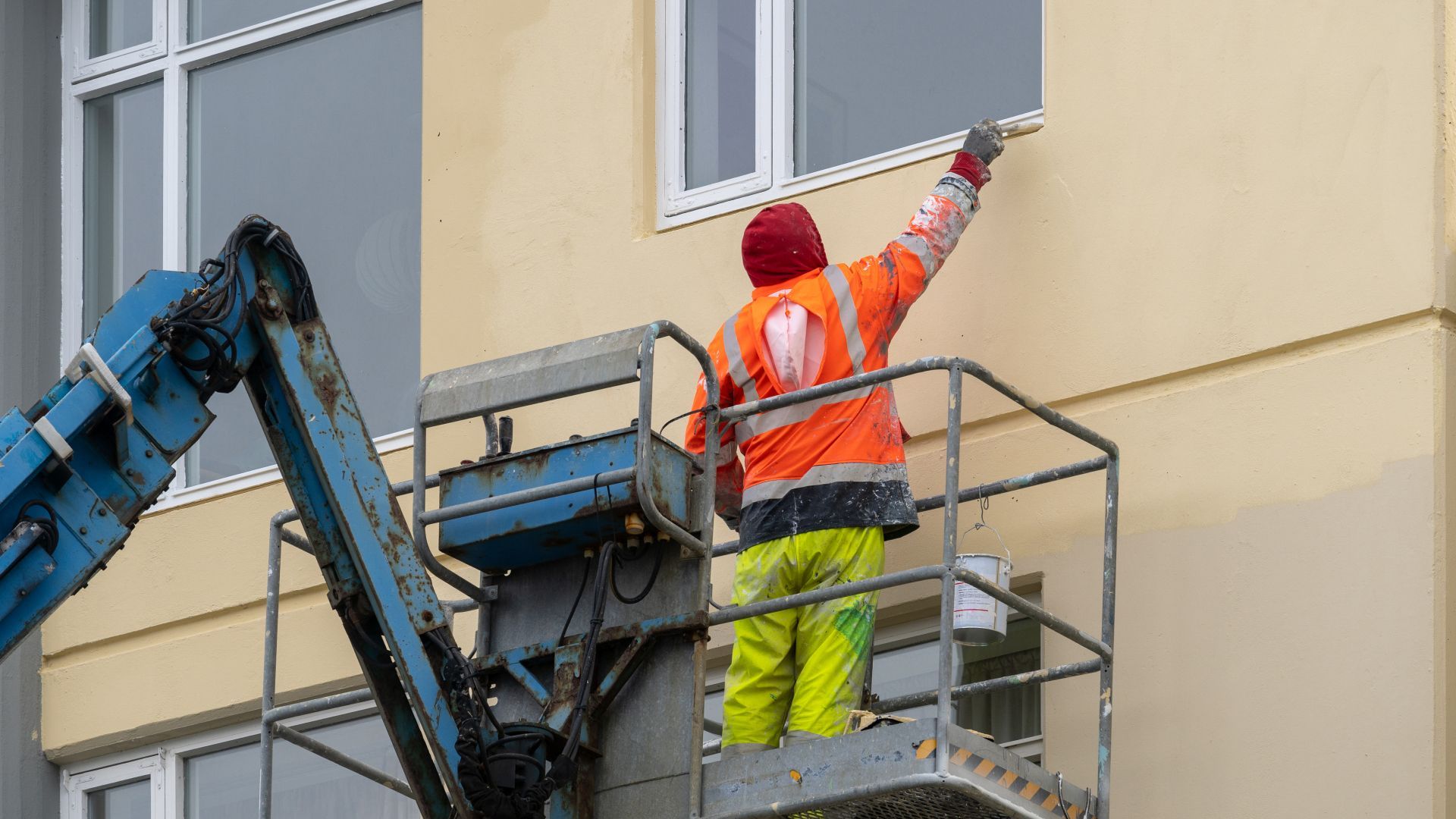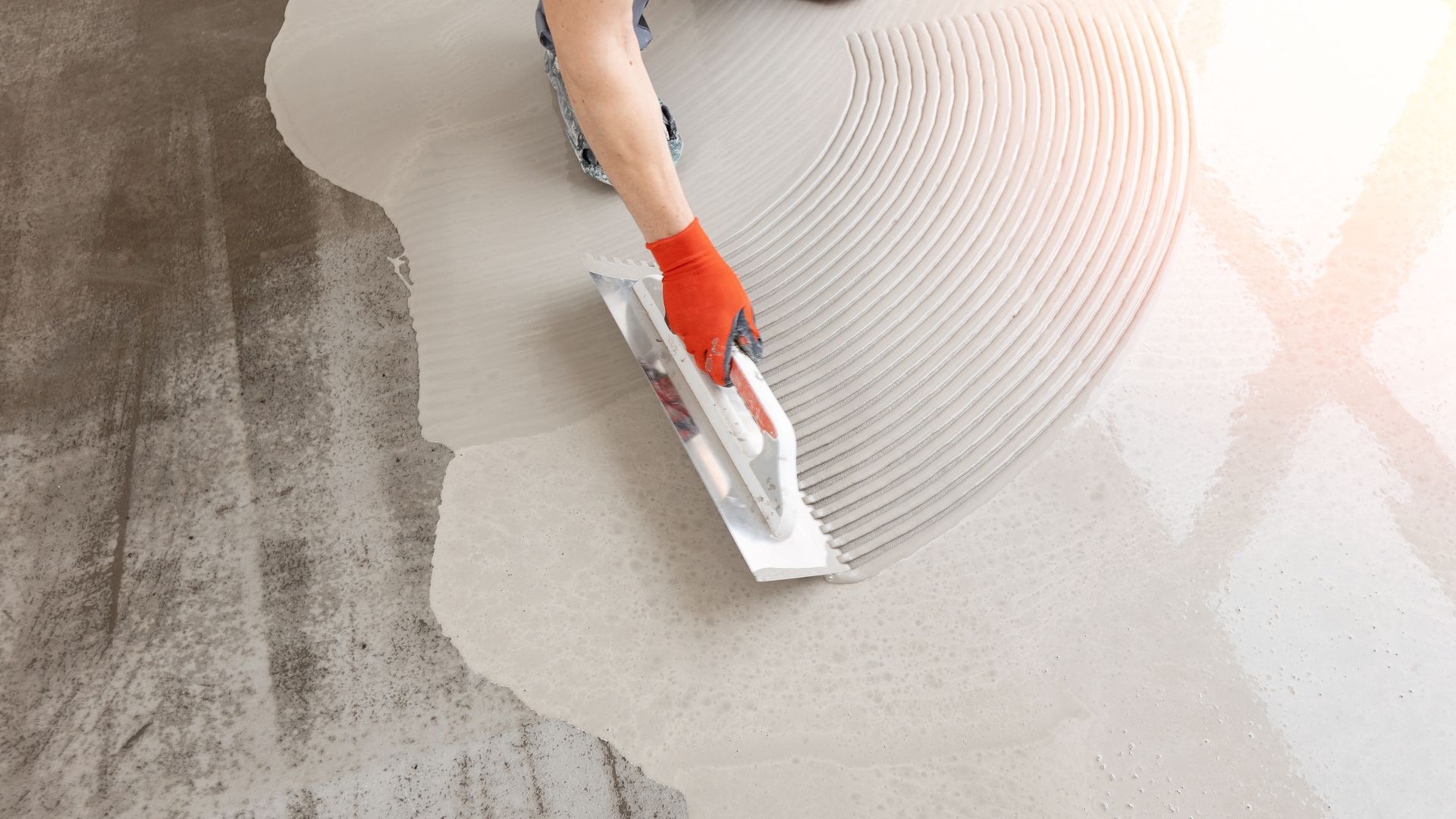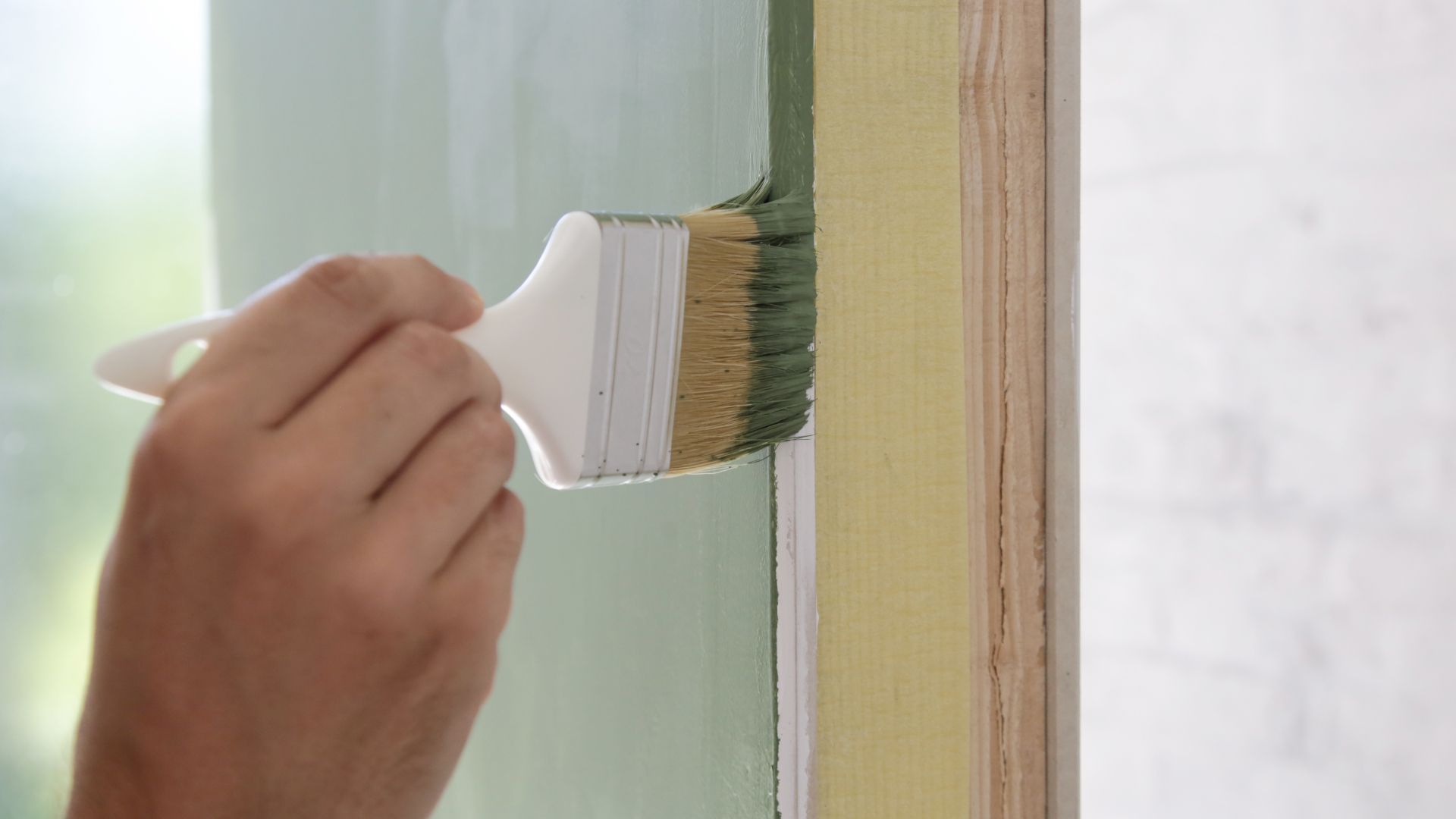14 Tools Needed for Concrete Floor Painting
14 Tools Needed for Concrete Floor Painting
14 Tools Needed for Concrete Floor Painting
Painting is a creative and rewarding way to transform your living spaces, but it's essential to have the right tools and materials on hand to ensure a smooth and successful paint job. Whether you're a DIY enthusiast or a professional painter, having the following essentials will make your concrete floor paint project easier and more efficient. In this blog, we'll explore the tools and materials you'll need for a painting project.
1. Paint Brushes
Invest in a good set of paint brushes. Different brushes are suitable for various tasks, so consider having both synthetic and natural bristle brushes. A 2-inch angled brush is ideal for cutting in and painting trim, while larger brushes work well for broader surfaces.
2. Paint Rollers and Roller Covers
Rollers are excellent for covering large areas quickly. Make sure to choose the appropriate nap length for your surface – shorter naps for smoother walls and longer naps for textured surfaces. Roller covers come in various materials, such as foam or synthetic, and are designed for specific paint types.
3. Paint Trays
Paint trays hold the paint for your roller. Look for trays with a liner or disposable liners for easy cleanup.
4. Painter's Tape
For concrete floor paint, painter's tape is essential for creating crisp, clean lines along edges and for protecting surfaces you don't want to paint. It's available in various widths, and there are specialty tapes for delicate surfaces.
5. Drop Cloths or Plastic Sheeting
Protect your floors and furniture with drop cloths or plastic sheeting. Canvas drop cloths are reusable and absorbent, while plastic sheeting is perfect for protecting against paint spills.
6. Extension Poles
Extension poles are useful for reaching high or hard-to-access areas without the need for a ladder. They can be attached to your roller or brush for extended reach.
7. Sandpaper and Sanding Blocks
When it comes to concrete floor paint, sanding is crucial for preparing surfaces and smoothing out imperfections. Keep a variety of sandpaper grits on hand, including fine and coarse grades, to suit different needs.
8. Patching and Repair Materials
Repair any holes, cracks, or imperfections in your walls before painting. Spackling compound, putty knives, and joint compound are helpful for these tasks.
9. Paint Trays and Grids
Paint trays hold the paint, and grids within the tray help remove excess paint from your roller. This prevents drips and uneven application.
10. Rags and Cleaning Supplies
Keep plenty of clean rags or paper towels for wiping up spills and cleaning tools. Paint thinner or mineral spirits can be used for cleaning oil-based paints.
11. Paint Stirrers
Stir your paint thoroughly before use to ensure an even consistency. Wooden or plastic stirrers are inexpensive and readily available.
12. Paint Cans and Storage
If you plan to store leftover paint, have some empty paint cans on hand for proper storage. Label each can with the paint color and room for easy reference.
13. Respirator and Safety Gear
Safety should always be a priority. A respirator or mask is essential for protection against paint fumes. Additionally, wear safety goggles and gloves to protect your eyes and skin.
14. Ladder
For areas that can't be reached with an extension pole, a sturdy ladder is necessary for concrete floor paint to ensure the ladder is positioned on a level surface and use caution when climbing.
To sum up,
Having the right tools and materials for your concrete floor paint project is a smart investment that will not only make the job more efficient but also ensure a professional and polished finish. Remember to choose quality products and follow safety precautions to make your painting experience a success or you can always get in touch with Stephen Exterior Painting for further assistance.




